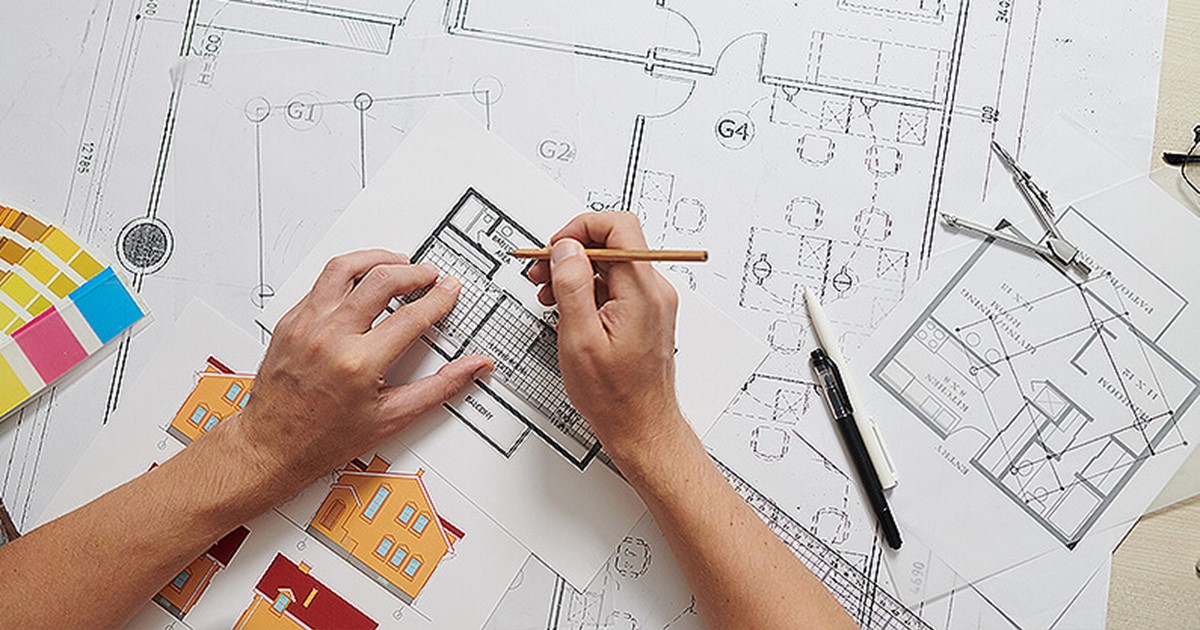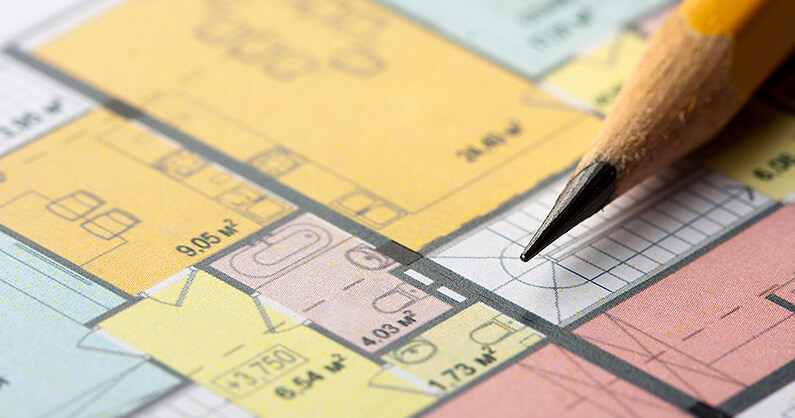CRJ Designer Homes is a locally owned, family operated building company. Since being established in 2006, Michael and his wife Gillian have made it their goal to build quality homes at exceptional prices, with inclusions that most would consider as an extra!
Floor Plan Symbols: A Comprehensive Guide to Reading Your House Plans

When you're embarking on a construction or renovation project, one of the most critical documents you'll encounter is the floor plan. Floor plans are detailed architectural drawings that provide a bird's-eye view of a building's layout and design. However, as our house plans Bundaberg team knows all too well, understanding these plans can be a daunting task if you're not familiar with the various floor plan symbols used by architects and designers. In this comprehensive guide, we'll demystify the world of floor plan symbols and help you decipher your house plans with confidence.
The Basics of Floor Plan Symbols
Before we dive into the specific symbols you'll encounter on your house plans, let's cover the basics. Floor plan symbols are standardized graphical representations of various elements within a building. These symbols allow architects, builders, and homeowners to communicate ideas and concepts effectively. By understanding these symbols, you can gain valuable insights into your future home's layout and functionality.
Common Floor Plan Symbols
Now, let's explore some of the most common floor plan symbols you're likely to encounter:
- Walls: Walls are typically represented by solid lines. Exterior walls are often thicker than interior walls. Different wall types, such as load-bearing and non-load-bearing walls, may be indicated with specific symbols.
- Doors: Doors are usually depicted as a straight line with an arc, representing the swing direction. Pocket doors, sliding doors, and various door types have their own symbols.
- Windows: Windows are represented as a simple rectangle. The symbol may also indicate the type of window, such as casement or double-hung.
- Stairs: Stairs are shown as a series of parallel lines with arrows to indicate the direction. Symbols may vary depending on the type of stairs, like straight or spiral.
- Appliances: Symbols for kitchen appliances, such as stoves, refrigerators, and dishwashers, help you visualize their placement in your kitchen.
- Plumbing Fixtures: Toilets, sinks, and bathtubs have specific symbols. Understanding these symbols is crucial when planning your bathroom layout.
- Electrical Outlets: Electrical symbols indicate the location of outlets, switches, and fixtures, ensuring a well-lit and functional space.
- Furniture: While not always present on architectural floor plans, furniture symbols may be included to help you envision room layouts.
Floor Plan Scale and Legends

Floor plans are drawn to scale, which means that the dimensions and proportions of the rooms and spaces are accurate representations of the actual building. The scale is typically provided in the plan's legend, and it's essential to reference it when interpreting measurements on the plan.
If you're not sure about this, ask the architect or designer you are working with. Our house plans Bundaberg team is always happy to field questions like these as we want you to really understand what you are looking at.
Reading Your House Plans
To effectively read your house plans, follow these steps:
- Start with Orientation: Check the plan for north arrows and orientation information to understand the plan's positioning relative to the compass directions.
- Identify Rooms: Begin by identifying rooms and spaces on the plan. Pay attention to labels or symbols that denote each area.
- Note Dimensions: Use the scale to measure and note the dimensions of rooms, doors, windows, and other key features.
- Follow Flow: Visualise the flow of the space by tracing the paths from room to room, using the symbols to understand the functions of each space.
- Look for Details: Pay attention to symbols for important elements like plumbing fixtures, electrical outlets, and structural features.
- Consider Furniture Placement: If furniture symbols are present, think about how you'll arrange your furnishings within each room.
- Consult Professionals: If you're unsure about any aspect of your floor plan, don't hesitate to consult with architects, designers, or builders who can provide guidance.
In conclusion, floor plan symbols are the key to unlocking the secrets of your house plans. By familiarising yourself with these symbols and following our guide, you'll be well-equipped to understand the layout, flow, and functionality of your future home. Whether you're planning a renovation or building from scratch, the knowledge of floor plan symbols will be invaluable in bringing your vision to life. So, start exploring your house plans today, and watch your dream home take shape before your eyes.
Remember, a well-prepared homeowner is a confident homeowner, so keep those floor plan symbols in mind as you embark on your exciting journey of home construction or renovation. Happy planning!
More resources:
Things to consider when choosing your floor plan
Say hello to CRJ

Get your free build assessment
Fill out our assessment request telling us what you're after in your new home & we'll provide you with a full home build & cost estimate.


